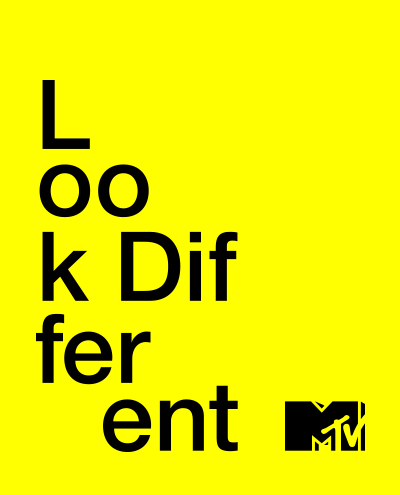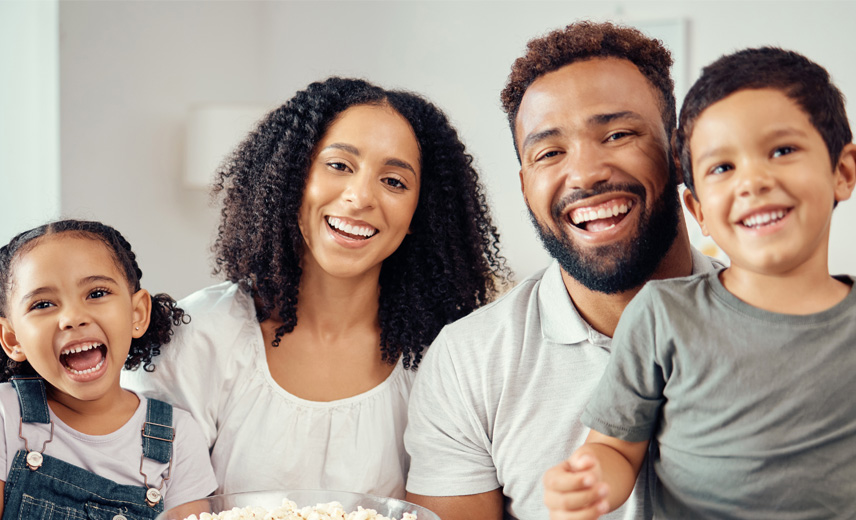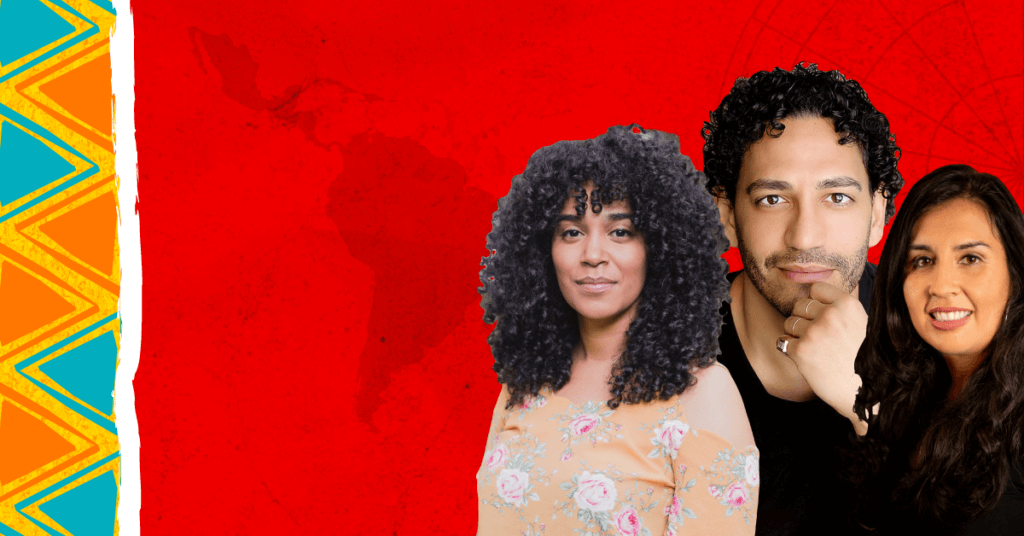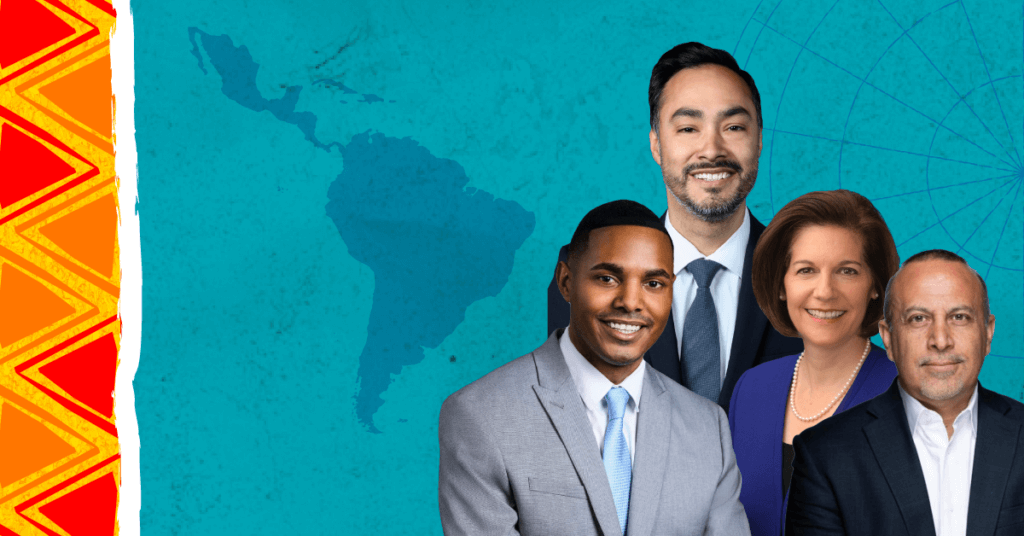Want to Understand Race? Let’s Acknowledge Our Implicit Biases First
By Joseph Rendeiro, Media Relations Associate, NCLR
“Not to sound racist, but….”
“Why isn’t there a ‘White Entertainment Television’?”
“He’s so cute…for a black guy.”
In what seems like ages ago (aka two years) for the social media universe, a viral video called “Sh*t Girls Say” blew up on the Internet, inspiring hundreds of equally humorous parodies for every possible type of person, from Asian grandmas to hobbits. And while the videos were meant to be funny, highlighting extreme stereotypes in jest, reading video creator Francesca Ramsey’s thought process behind the making of her video sheds light on how something seemingly innocuous can offer legitimate social commentary. For Ramsey, the video is based on her real-life experiences and meant to both make people laugh and open their eyes to how they treat others of a different race.
Race is a difficult topic to address and often one that gets overlooked. Yes, we have Black History Month and Hispanic Heritage Month. Societal changes have spawned younger generations that are generally more inclusive and recognize that racism is unacceptable. But the reality is that many of us continue to treat people, and oftentimes people of color, differently because of our own biases, which, to be fair, most of us don’t recognize we hold on to.
With the help of partners such as NCLR, NAACP, and a host of others groups, MTV recently launched the “Look Different” campaign, an initiative aimed at younger generations to combat inequality based on race, gender, and sexuality. The campaign spotlights implicit bias—attitudes that a person may hold about another group of people at an unconscious level—that can manifest in exactly the kind of language Ramsey uses in her video. These comments and actions may not be intentional or have any malice behind them, but their effects are nonetheless damaging for minorities.
 The “Look Different” campaign is focusing on race and ethnicity first, providing teens and young adults with a number of tools to help them not only recognize bias but also address instances of bias when they witness or experience them. Part of NCLR’s broader body of work is aimed at teaching the public, and particularly youth, about the effects of racial and ethnic bias, so we specifically worked with MTV to ensure that stereotypes and biases about Latinos and immigrants were addressed. Users can learn about the common types of racial bias that they may engage in without realizing it. For example, the site explains the concept of microaggressions, which are seemingly harmless phrases that add up to make people feel as though they are different or don’t belong.
The “Look Different” campaign is focusing on race and ethnicity first, providing teens and young adults with a number of tools to help them not only recognize bias but also address instances of bias when they witness or experience them. Part of NCLR’s broader body of work is aimed at teaching the public, and particularly youth, about the effects of racial and ethnic bias, so we specifically worked with MTV to ensure that stereotypes and biases about Latinos and immigrants were addressed. Users can learn about the common types of racial bias that they may engage in without realizing it. For example, the site explains the concept of microaggressions, which are seemingly harmless phrases that add up to make people feel as though they are different or don’t belong.
The overall goal is to change people’s attitudes with the language and tools necessary to discuss a subject that many feel is off limits. By challenging existing beliefs about topics ranging from undocumented immigrants to affirmative action, we hope to make teens and young adults think twice before they call something “ghetto” or say that their friend “only got into this college because he’s Hispanic.”
Words have an impact; it’s time we start choosing them more wisely.
Do you think that you are biased? Explore lookdifferent.org and discover how your views may shape your interactions with certain groups of people.


